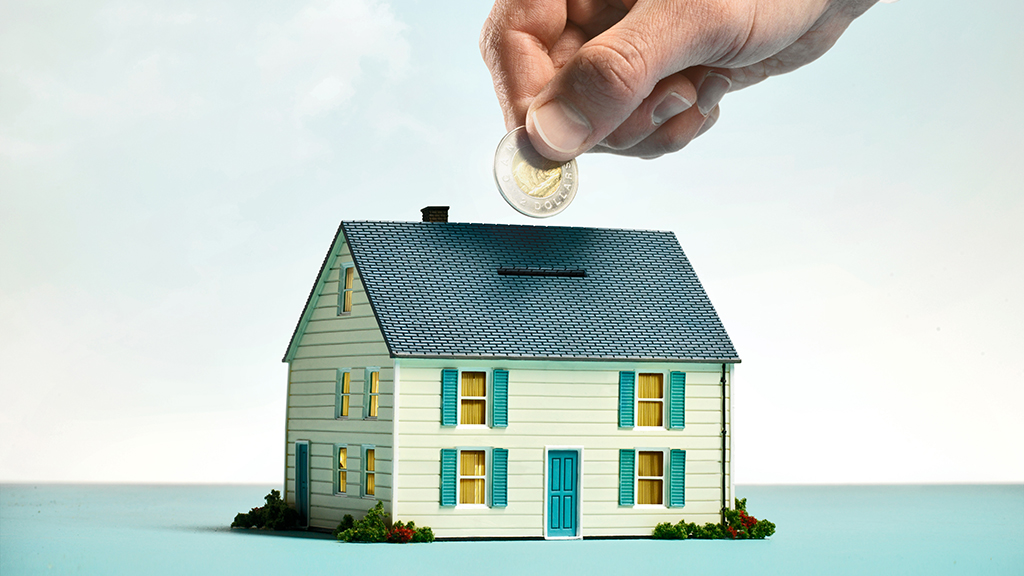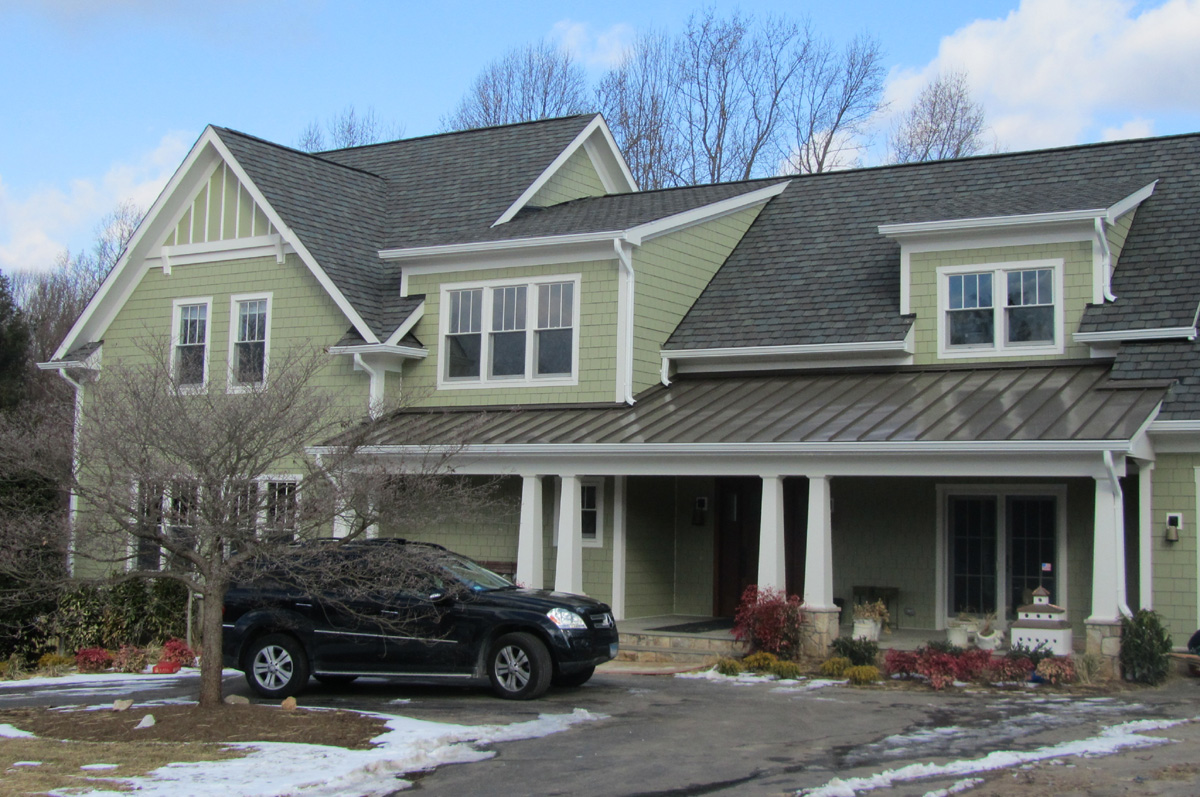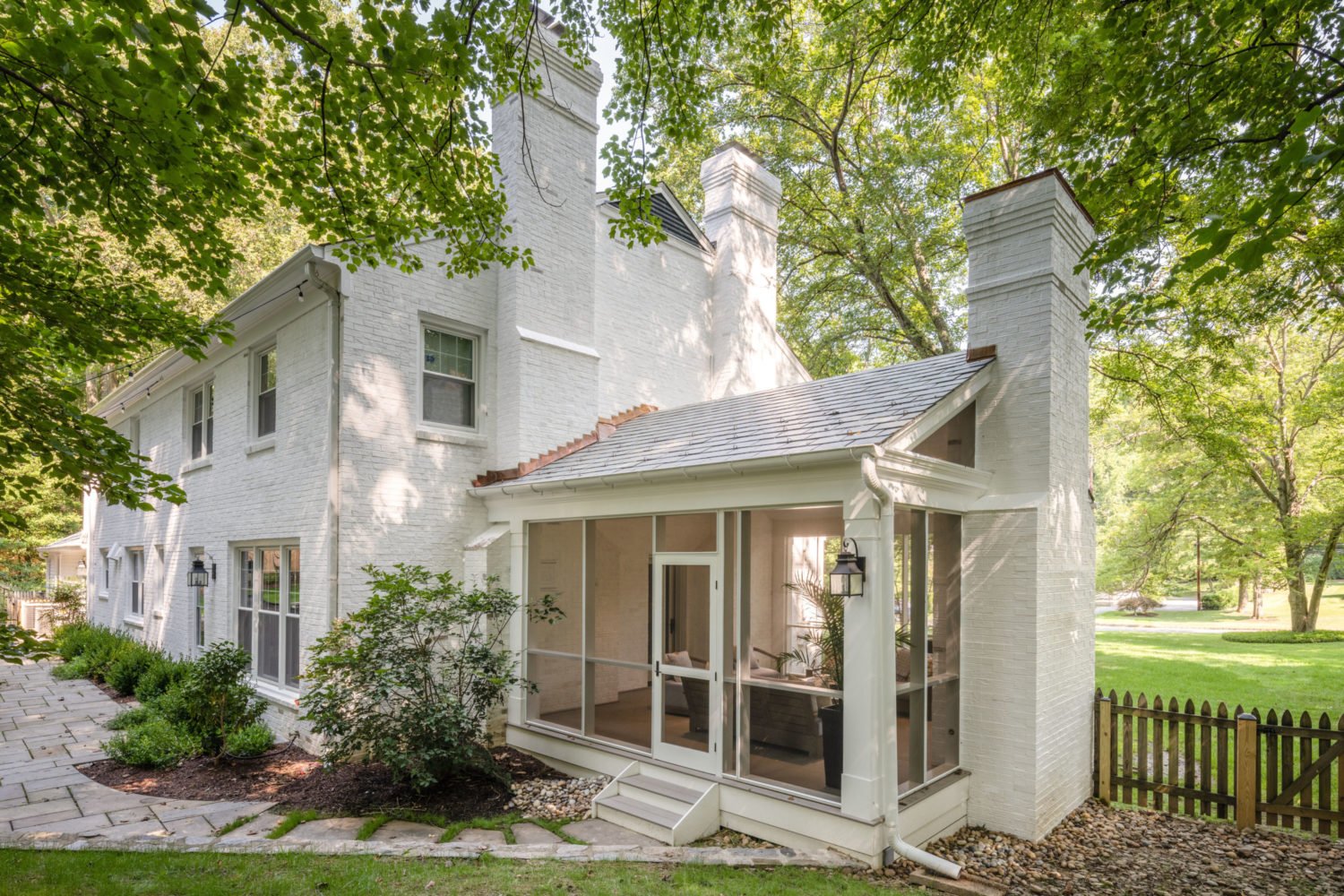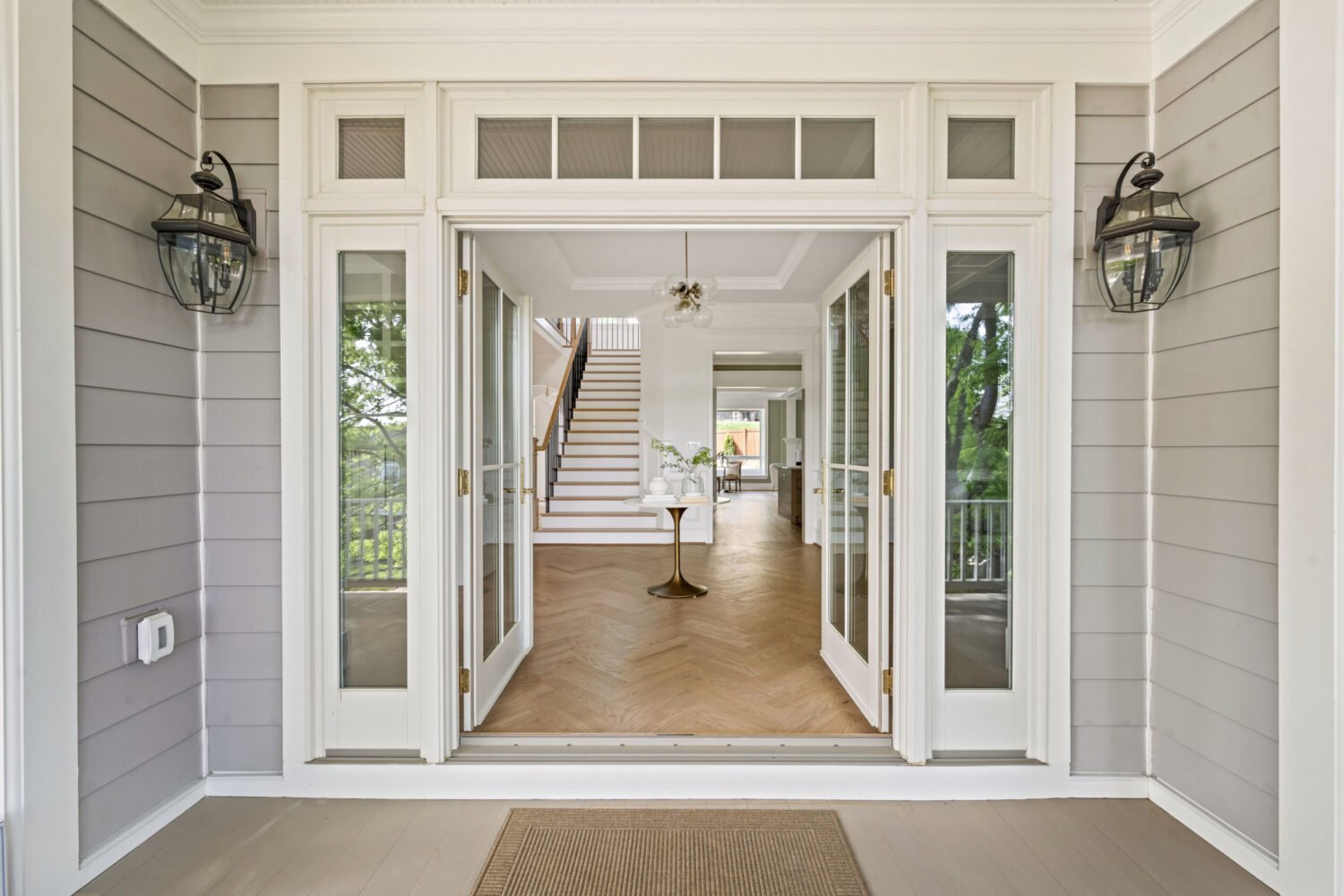Since the “great recession,” which began in December 2007 and, some economists say, ended in June 2009, interest rates have been historically low. That has allowed homebuyers to lock in 30-year mortgages at rates of less than 4 percent. It has also helped keep homes in the Washington area, where prices have remained stable, relatively affordable—or at least less frighteningly priced than they might otherwise have been.
But those days are coming to an end: Rates will rise slowly over the next year* with help from the Federal Reserve Board, which sets a key benchmark interest rate. The Mortgage Bankers Association forecasts that by the end of 2016, the rate on a 30-year fixed mortgage—currently 4 percent—will be 4.8 percent, and by the end of 2017, as high as 5.4 percent.
“It’s a great time to buy a home,” says Jace Stirling, senior vice president and division manager for the Washington area at SunTrust Mortgage. “We’ve got a very attractive and low-interest-rate environment, and it’s coming to an end. We’re looking at a greater probability that rates will move up.”
Tracey A. Baker, an owner of CJM Wealth Advisers in Fairfax, says there’s still time to take advantage of low rates. “If you anticipate purchasing a home in the next year or two, then you may want to accelerate that search process, because it’s going to cost more when rates are higher,” she says. “We may never see these rates again in our lifetime. If you can get 4 percent on a mortgage, that’s remarkable.”
Those considering selling their home might also want to pick up the pace. Rising interest rates can push down housing prices, because buyers can afford less. “The general assumption is that as rates start to rise, it will negatively impact both the price of the homes and people’s ability to purchase homes, but there’s been a lot of positives in today’s economy to counteract those fears,” Baker says, including low inflation rates and low unemployment. “A more fully employed workforce is more capable of purchasing homes, so there are more buyers.”
Says Paul Bennett, managing director at the Great Falls financial firm United Capital Financial Life Management: “Based on the recent jobs report and other leading economic indicators, things are improving. When that happens, at least historically, the Federal Reserve will feel ‘We can start raising rates.’ “
When rates rise, consumers can pay more for loans—including mortgages, credit cards, and car loans—which can help put the brakes on spending and curb inflation. “Ultimately, that keeps the economy from overheating,” Bennett says.
Along with anticipated Fed moves, though, other factors—which don’t always move in tandem or predictably—contribute to mortgage rates, including the Treasury-bond market, inflation rates, and economic growth.
“I don’t see a change in interest rates until we see a GDP growth rate of above 3 or 4 percent for several quarters in a row,” says Bryan D. Beatty, a partner at the financial-planning firm Egan, Berger & Weiner in Vienna. (The quarterly GDP fluctuated in 2015 from 0.6 in the first quarter to 3.9 in the second and 2.1 percent in the third.) If the Fed senses any slowdown in economic growth, Beatty notes, it could opt to continue to keep rates low.
That’s why many financial experts expect a slow rise in interest rates over time. “At some point, they have to go up, but I don’t think they are going to go up very quickly—it will most likely be a gradual increase,” says financial planner Howard Pressman, also at Egan, Berger & Weiner.
The influx of money into ten-year Treasury bonds, as investors seek to protect their money from fluctuations in the stock market, helps keep interest rates down, even if the Fed raises rates. The price of bonds moves inversely with their interest rate, so as demand for bonds rises, interest rates fall.
Regardless of what the rates do, financial experts emphasize that in many ways, whether it’s the right time to buy a house depends more on an individual’s personal situation than the broader economy.
“My suggestion is if you find a house that you love and the rates allow you to get into the home comfortably, then it’s probably a good time to lock in interest rates,” says SunTrust’s Jace Stirling.
That advice holds regardless of the Fed’s actions.
Kimberly Palmer is author of “The Economy of You: Discover Your Inner Entrepreneur and Recession-Proof Your Life.”
This article appears in our January 2016 issue of Washingtonian.
*This article has been modified from the print version to reflect more recent news.

















